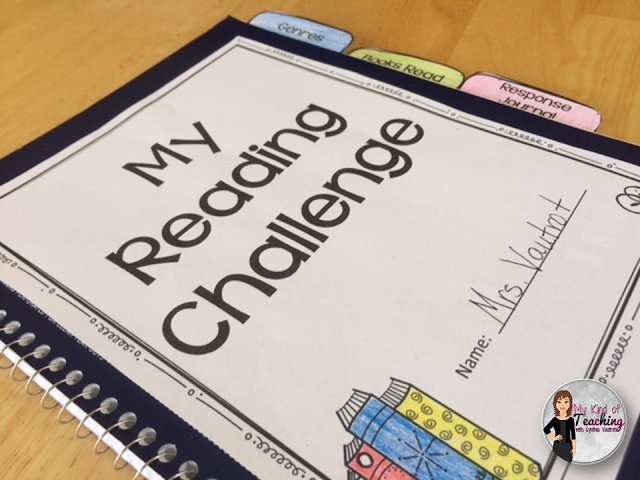Today, it seems that life is so busy that it's almost impossible to find time to give that kind of concentrated effort. In addition, if you teach with Common Core, how to use strategies to solve multiplication is taught, which is very confusing to parents.
I get it; I REALLY do!
- lack of time
- different way of learning/teaching
Thus, I made games for the classroom because...who DOESN'T love games?? Certainly none of the students I've ever taught!
I made five games for multiplication and five games for division (because they are equally important).
These games have a Halloween theme.
What about if you don't do Halloween in your classroom? That's okay. I've got you covered also!
I also have these same ten games for multiplication and division with a FALL theme!
Let's take a closer look at each of the games.
MULTIPLICATION GAMES:
Game # 1: Build a Monster
Students use the spinner to spin the two number monsters and multiply those numbers together. The student announces the answer. If correct, the student then spins the bottom spinner with the monster parts. The student selects that monster part, and the next player is up. The first person to build a monster is the winner.
This can be be played with a partner or in a small group.
Game # 2: Spin It to Win It
The student will spin the two witch spinners, multiply the numbers, and tell the answer. If correct, the player will use a dry-erase marker on the laminated gameboard to connect two dots. When a player is the last to draw the fourth side of a box, the student puts his or her initials in the box. When all boxes are complete, the player with the most boxes is the winner.
This is best for 2-3 players.
Game # 3: Oogey Boogey Math Facts
These cards are placed in a bag or a container. Students take turns drawing out a card and telling the answer. If correct, the student keeps the card. If a student draws the "oogey boogey" card, the student must return all of his or her cards.
Set a timer on this one! The student with the most cards at the end is the winner. This is perfect for partners or small group play.
Game # 4: Ghostly Bump
This is the traditional Bump game with ghosts! The first person to place all of his or her playing pieces on the board is the winner!
Game # 5: Escape the Spider
Two players place their playing pieces on the star. Each player takes turns drawing a multiplication card and solving. If correct, the student moves one space. The first player to reach the arrow and escape from the web is the winner.
DIVISION GAMES:
Game # 1: Witchy Feet Memory
The students place the cards upside down in an array. Each player turns over two cards. If the two cards match, the player collects the cards and goes again. If they do not match, the cards are turned over for the next person. The winner is the person with the most pairs at the end of the game.
This works for partners or in a small group.
Game # 2: Trick or Treat
The students take turns drawing cards, solving, and if correct, moving on the board. The first person to reach the finish line is the winner.
Game # 3: Halloween Tic-Tac-Toe
Students will play with partners for this game. Students will take turns choosing squares, solving the division problems, and if correct, marking with Xs or Os. The first with three in a row is the winner. Fun and fast...this is perfect for early finishers.

Game # 4: Flying Ghosts
Each student draws a card and solves the equation. He or she then places his or her chip on a ghost. When all ghosts have been covered, the person with the most chips is the winner.
Game # 5: Monster Eyes.
This game is played with a partner. Each partner has a gameboard. The player will roll a die, choose a problem on the row with the number rolled, and solve. If the partner agrees that it is correct, the player will draw an eye on the problem. The winner is the first person to complete any row.
These games work best printed on cardstock and laminated for durability.
They can be used in so many ways including:
- math centers
- partners
- small groups
- remediation
- intervention
- guided math
- early finishers
- indoor recess
- and more
Utilizing games is one of my all-time favorite ways to learn! That's just...
My Kind of Teaching!!



















































